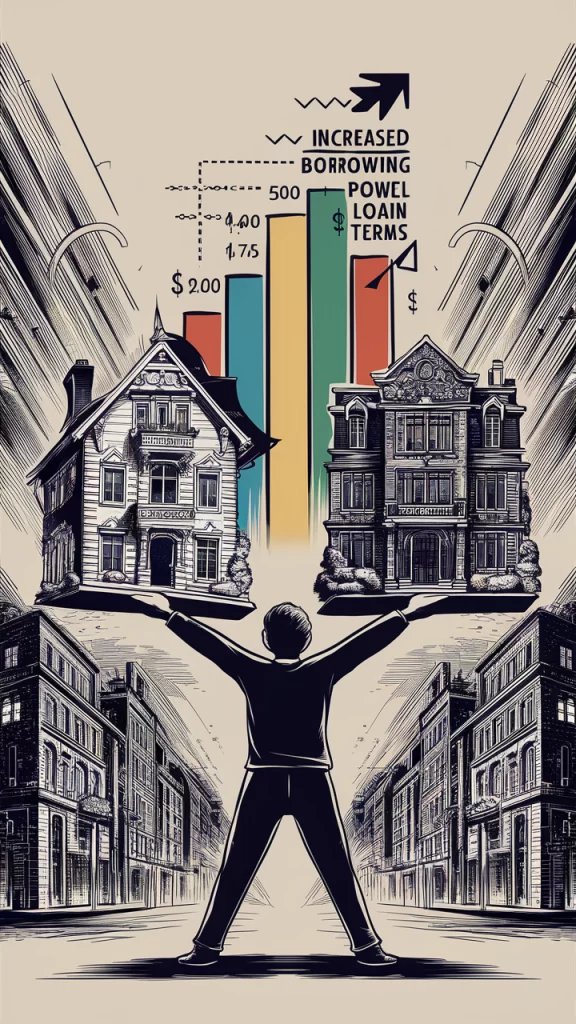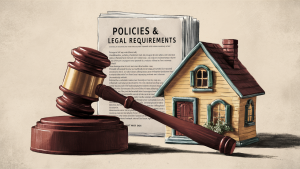
Airbnb Guest: A Host’s Guide to a Memorable Start
Facebook Twitter LinkedIn Reddit Email WhatsApp Welcome Your First Guest on Airbnb: A Host’s Guide to a Memorable Start Welcoming your first guest on Airbnb
Cross-collateralization is a financial strategy that can help real estate investors maximize their borrowing potential. By using multiple properties to secure a single loan, borrowers can access more funds, potentially leverage better loan terms, and diversify their assets. But what exactly is cross-collateralization, and how does it work? In this blog, we’ll dive into the concept of cross-collateralization, its benefits, risks, and how it can be a powerful tool for those looking to expand their real estate portfolio.
Cross-collateralization is a lending practice where a borrower uses more than one property as collateral to secure a single loan. Unlike a traditional mortgage, which is secured by a single property, cross-collateralization involves multiple properties. This method provides additional security to lenders because they have claims on multiple assets, reducing the risk of default.
For example, if you own two properties and wish to take out a loan, you can use both properties as collateral. This gives the lender a safety net; if you default on the loan, the lender can potentially claim both properties to recover their losses.
There are several reasons why a borrower might consider cross-collateralization:

The process of cross-collateralization involves several key steps:
Property Appraisal: The lender will appraise all properties intended for use as collateral to determine their market value and ensure they provide adequate security for the loan.
Loan Agreement: The lender and borrower will agree on the terms of the loan, including the interest rate, repayment schedule, and the specific properties being used as collateral.
Legal Documentation: Legal documents will be drafted to outline the terms of the cross-collateralization, detailing the rights of both the lender and borrower in case of default.
Loan Disbursement: Once all documents are signed and the loan is approved, funds are disbursed, and the borrower can use them for their intended purpose, such as purchasing additional properties or making improvements to existing ones.
Cross-collateralization offers several advantages for borrowers:
Access to Higher Loan Amounts: By leveraging multiple properties, you can qualify for a larger loan amount, which can be particularly beneficial for large real estate investments.
Flexibility in Financing: This strategy provides greater flexibility in financing options, allowing you to use the equity in existing properties to fund new purchases without needing separate loans for each asset.
Potential Tax Benefits: In some cases, the interest paid on cross-collateralized loans may be tax-deductible, providing additional financial benefits.

Cross-collateralization can be beneficial, but it also carries risks:
Higher Risk of Loss: If you default, all properties used as collateral could be at risk, leading to significant financial losses.
Complex Management: Handling a cross-collateralized loan is more complex and requires diligent monitoring of loan terms and payments.
Limited Selling Flexibility: Selling a property used as collateral may require lender approval, complicating the process and limiting your options.
Consider these factors before opting for cross-collateralization:
Financial Stability: Ensure you can manage multiple properties and their associated loan.
Risk Tolerance: Be prepared for the higher risk, as all collateral properties are at stake.
Investment Goals: Make sure this strategy aligns with your long-term plans and investment objectives.
“I am basically a full-time psychologist who shows houses every now and then.”
Dori Warner Tweet
Cross-collateralization can be a valuable strategy for real estate investors looking to maximize their borrowing potential and leverage their assets. However, it’s essential to understand both the benefits and risks associated with this approach. By carefully considering your financial situation, risk tolerance, and investment goals, you can determine if cross-collateralization is the right choice for you.

Facebook Twitter LinkedIn Reddit Email WhatsApp Welcome Your First Guest on Airbnb: A Host’s Guide to a Memorable Start Welcoming your first guest on Airbnb

Facebook Twitter LinkedIn Reddit Email WhatsApp Mastering Airbnb Policies and Legal Requirements: A Guide for Hosts If you’re considering hosting on Airbnb, understanding the platform’s

Facebook Twitter LinkedIn Reddit Email WhatsApp The Anatomy of a Perfect Airbnb Listing Creating an irresistible Airbnb listing is both an art and a science.